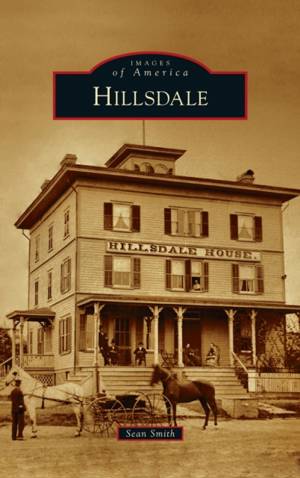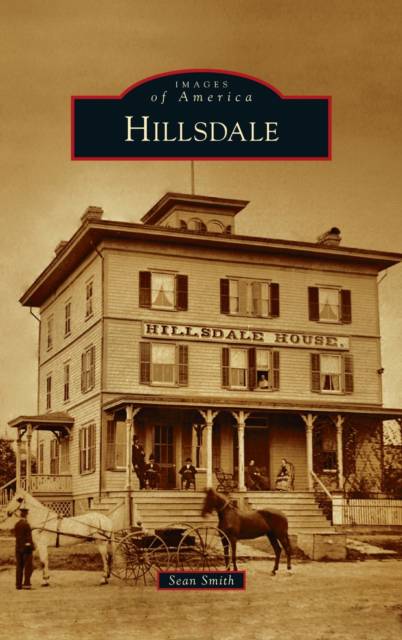
- Afhalen na 1 uur in een winkel met voorraad
- Gratis thuislevering in België vanaf € 30
- Ruim aanbod met 7 miljoen producten
- Afhalen na 1 uur in een winkel met voorraad
- Gratis thuislevering in België vanaf € 30
- Ruim aanbod met 7 miljoen producten
Zoeken
Omschrijving
Hillsdale was named in 1856 when its citizens adopted the name inspired by the Hillsdale School, built on Pascack Road, and the now historic Hillsdale Railroad Station, which formally opened for business on March 4, 1870. Almost as soon as the train pulled in, houses began to be built overlooking the tracks along Broadway, then Summit Avenue. A general store and a hotel opened to accommodate the influx of people, putting Hillsdale on the map. Along with the railroad, the opening of the George Washington Bridge in the early 1930s brought waves of migration from the crowded cities of New York, Patterson, and Jersey City, with people looking for land, clean air and water, and a place within reasonable distance to job markets. The migration proceeded at a leisurely pace until it was brought to a halt by World War II, but it developed into an engulfing wave with the war's end and today has almost completely saturated Hillsdale's available space. Hillsdale has come a long way from its days as a sleepy farming community to a thriving and desirable New York suburb.
Specificaties
Betrokkenen
- Auteur(s):
- Uitgeverij:
Inhoud
- Aantal bladzijden:
- 130
- Taal:
- Engels
- Reeks:
Eigenschappen
- Productcode (EAN):
- 9781540248633
- Verschijningsdatum:
- 12/07/2021
- Uitvoering:
- Hardcover
- Formaat:
- Genaaid
- Afmetingen:
- 156 mm x 234 mm
- Gewicht:
- 362 g

Alleen bij Standaard Boekhandel
+ 72 punten op je klantenkaart van Standaard Boekhandel
Beoordelingen
We publiceren alleen reviews die voldoen aan de voorwaarden voor reviews. Bekijk onze voorwaarden voor reviews.











